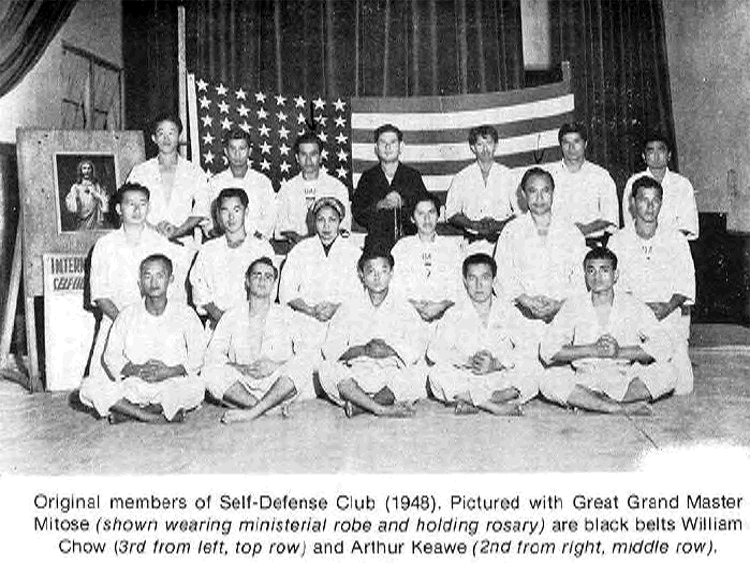Kenpo History and its Lineage to the Author
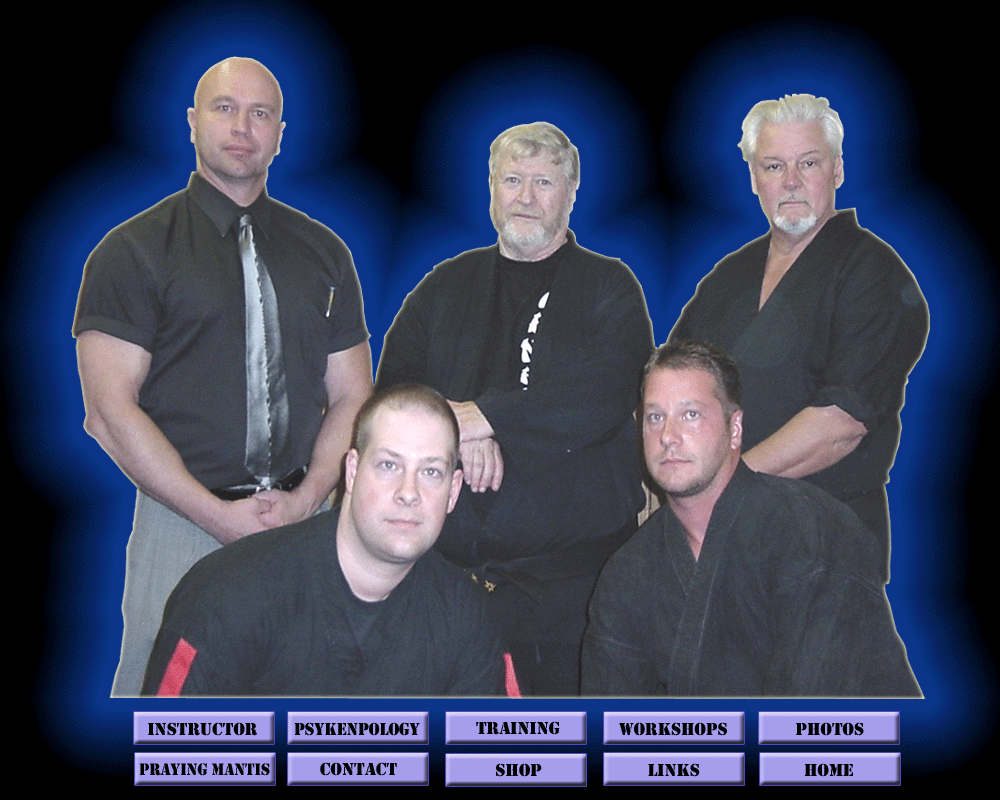
From the many styles of self-defense, the Kenpo system seems to be the most misunderstood and misquoted. Currently, the author has located only some scholarly research which explores the genesis of Kenpo. For the most part, the documents that are available, many if not all, contradict each other. Kenpo is believed to be a mixture of five cultures (A. Tracy, 1982). The first and most important is the Chinese culture because the system is thought to have originated in this region. Kenpo is said to have come from the Mount Su area of Hunan Province in northern China around the time of 525 A.D. (Hart, 1989). Kenpo's lineage can be traced back to a prince and warrior called Daruma (Mitose, 1980). He is said to have introduced the martial exercises to the Shaolin Temple in China. The second major influence is the Japanese culture. Through the Japanese people, the Kenpo system was nurtured and handed down through generations of masters (A. Tracy, 1982). This was followed by cultural influences from Okinawa, Hawaii, and finally America.
According to legend, a Chinese monk brought Shaolin Chuan Fa (Kenpo in Japanese) to the Koshoki Temple in Japan (Bishop, 1990). Authors also state that Kenpo migrated to Japan via Okinawan sailors (Hart, 1989). This migration would give Kenpo its Okinawan influence. Which of these contradictory statements are true is unknown, however, the Japanese lineage of Kenpo can be traced to a person called Zenko Yoshida (A. Tracy, 2000, November 14). Zenko would become the first Kenpo grand master, and he lived from approximately 1232 to 1297. According to Mitose (1980), "After much meditation under an old pine tree, my first ancestor received the revelation to the secret of the art of Kenpo which he called Koshoryu Kenpo"(p. H). Thus, the Koshoryu (Old Pine Tree School) Kenpo system emerged. This was followed by 18 generations of Yoshida grand masters.

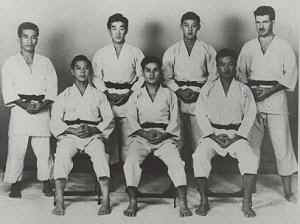
The Yoshida children started studying the family art at the age of five (A. Tracy, 2000, November 14). This was also true for James (Masayoshi) Mitose who was also a descendent of the Yoshidas. Over a period of time, this art was slightly changed by the Mitose ancestors in order to make it more suitable for the Japanese people (Mitose, 1980). As time passed, the system of Kenpo migrated from Japan to the Hawaiian Islands through Master Mitose. Master Mitose was the 21st generation descendent of the Koshuryu Kenpo system, and in February, 1937 Master Mitose brought 800 years of Kosho Kenpo heritage to Hawaii. This was also the first time that the ancient ancestral art of Kenpo (Fist Law) would be taught outside the Mitose bloodline.
In his book Mitose (1980) wrote:I wanted to teach everyone in the world the true meaning of self-defense, for I know that if everyone could know this meaning there would cease to be racial trouble, and there would cease to be strife among nations. No matter what difficulty confronts them, people would be able to live in harmony and happiness. There would be mutual understanding, cooperation and friendship between America, the countries of Europe, and those of the Far East. There would be peaceful participation by all in religion, physical culture and sports (p. N).
At first, Master Mitose began teaching privately and as enrollment increased he opened the Official Self-Defense Club in Hawaii (A. Tracy, 2000, July 5). Through teaching the martial arts, Master Mitose met William Kwai Sun Chow who would be the next most influential person in the Kenpo lineage. Chow's youth was not without problems. When William was born, his father was put in prison and his mother died when he was 11 years old. After his mother's death, William dropped out of school only finishing the 6th grade. At an early age, he learned to survive on the street. Eventually, somewhere in his mid 20s, he found his calling when he enrolled in Master Mitose's Kenpo classes. After experiencing the martial arts, William spent most of his time studying with Master Mitose and training at the Okazaki Jiujitsu Club. Eventually, William Chow developed a reputation for being a fierce fighter, receiving the name "Thunderbolt" for his blinding speed (Howe, 1989). Around 1946, Master Mitose awarded William Chow his black belt (Bishop, 1990).
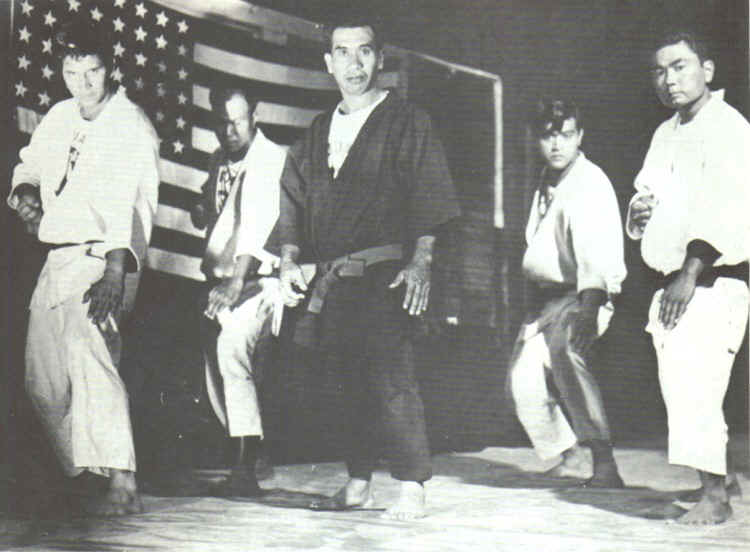
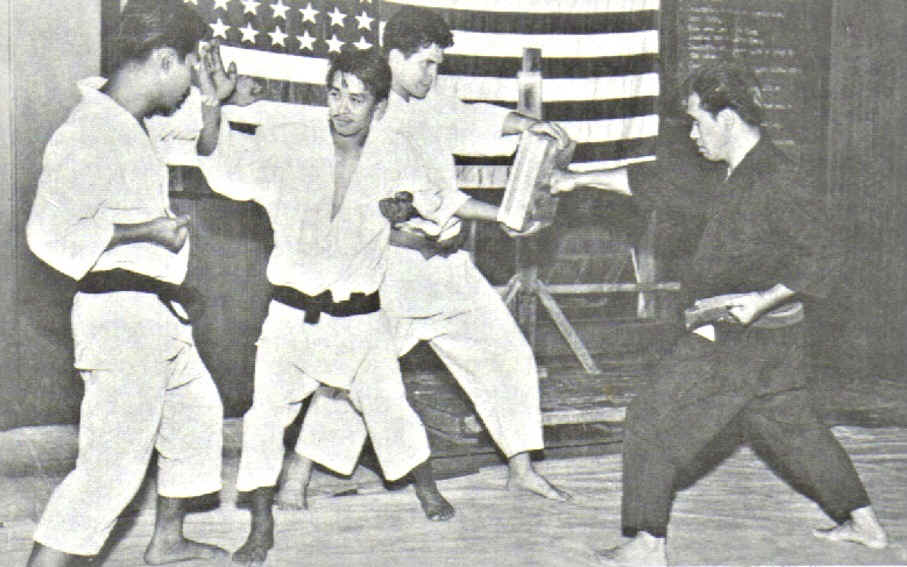
When William Chow left Master Mitose's school and went on his own, he began calling the self-defense system Chinese Kenpo Karate. He began teaching in the local YMCAs where his strong teaching ability earned him the name Professor Chow (J. Tracy, 1996). At this time, it is believed that Professor Chow began refining the Kenpo system by adding more circular moves (Holzer, 1948). However, historians suggest that only personal philosophies between the masters differed and not the fundamental system (J. Tracy, 1996). Grand Master Mitose taught that the best way to win a fight was to avoid the fight, where Professor Chow, being a tough street fighter, emphasized a more physical solution. Around 1971, Professor Chow retired from teaching (Liedke, 1989). Believing in the old ways, Chow kept a low profile, dying in virtual obscurity. In his senior years and after his death, Chow would be considered the greatest Kenpo innovator of the 20th century (Bishop, 1990).
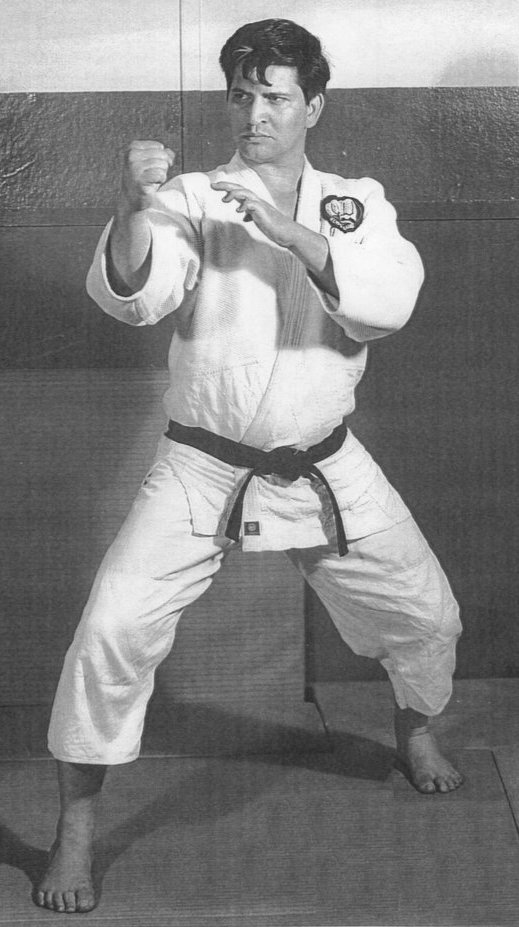
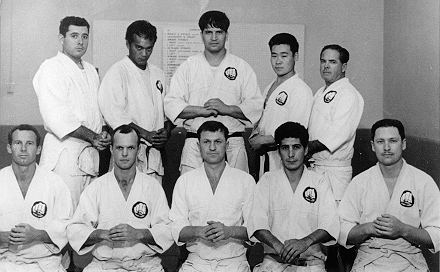
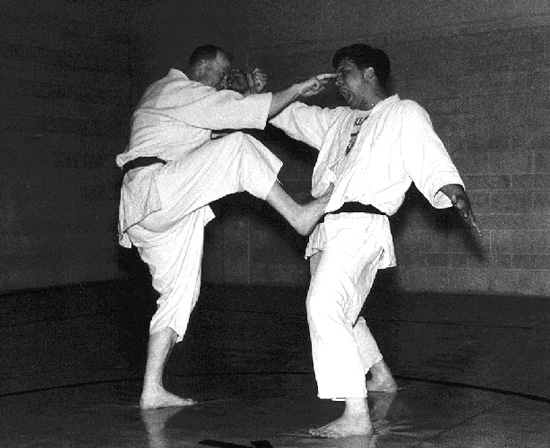
In the late 1940s another influential figure, Edmund Kealoha Parker (most called him Ed) entered the lineage of Kenpo stylists (Holtzer, 1984). He was introduced to the Kenpo system through Frank Chow (William's brother) at a church meeting (Parker, 1984). Somewhere around 1946, Ed Parker began studying with Professor Chow at the Nuuanu YMCA in Hawaii (Imamura, 1974; Parker, 1984). After about three years he earned his black belt and started the groundwork to bring the Kenpo system to the mainland. In time, Ed left Hawaii and began college at Brigham Young University where he attained a BS degree in sociology and psychology. He believed that a formal education would add to the Kenpo system and discourage others from viewing it as pugilism (Parker, 1984). In 1956, Ed Parker opened his first commercial karate school in California. When he started teaching and collaborating with other martial artists, Ed found that the traditional Kenpo system needed more modifications. Ultimately, his changes made up 85% of the system which he now call American Kenpo. In time, Ed Parker would be described as the "Father of American Karate" (Franck, 1986).
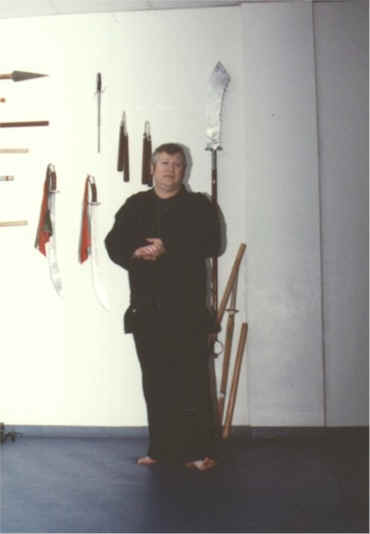
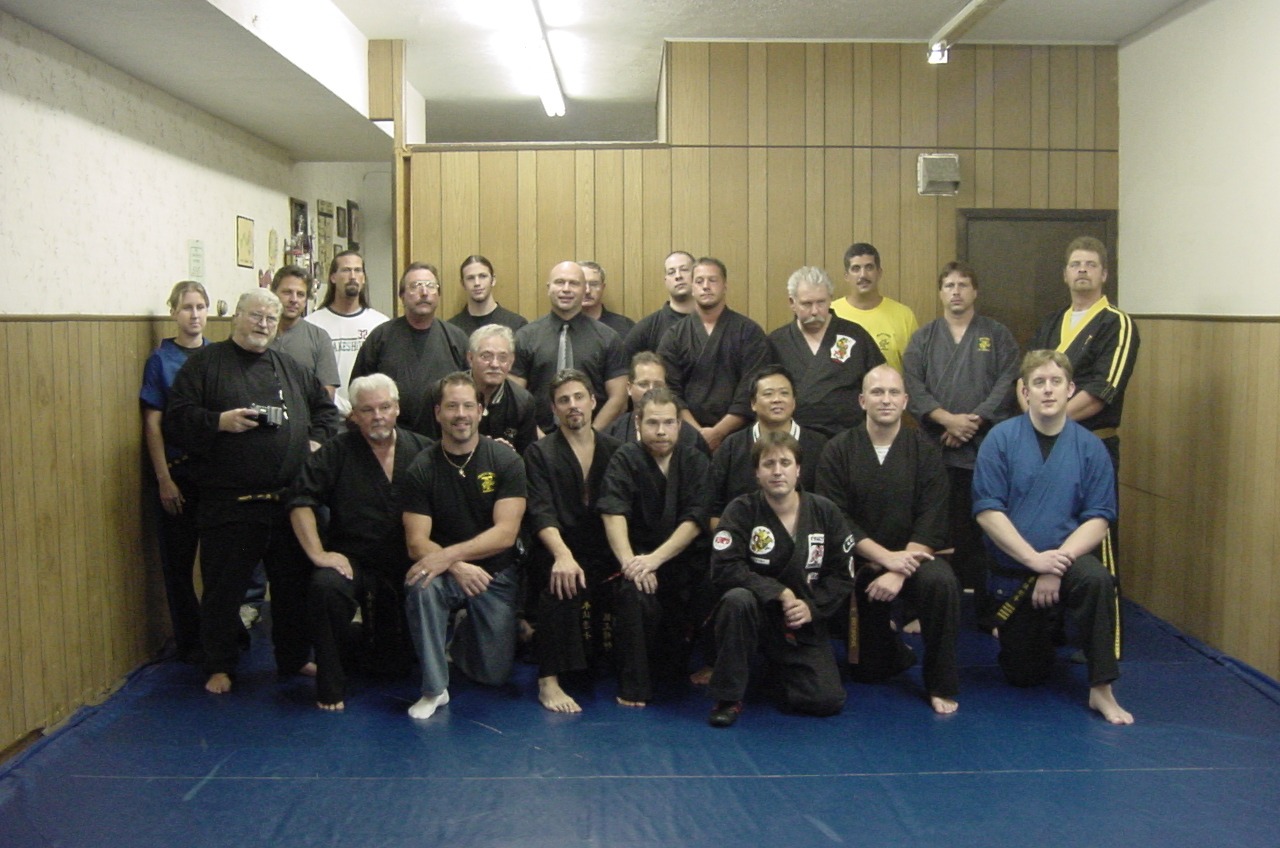
Prior to these modifications, Al, Will, and Jim Tracy founders of the Tracy's System of Kenpo were taking lessons from Parker in California. The Tracy's would become the next most influential figures in the Kenpo system. Through a strong business background, the Tracys put together a system of instruction and martial arts franchises that would spread Traditional Kenpo throughout the United States. In 1990, Al Tracy was overseeing 1000 schools and clubs which had a student population of 100,000 throughout the world (Vandehey, 1990). This brought the Kenpo system to Ohio and eventually to this author.

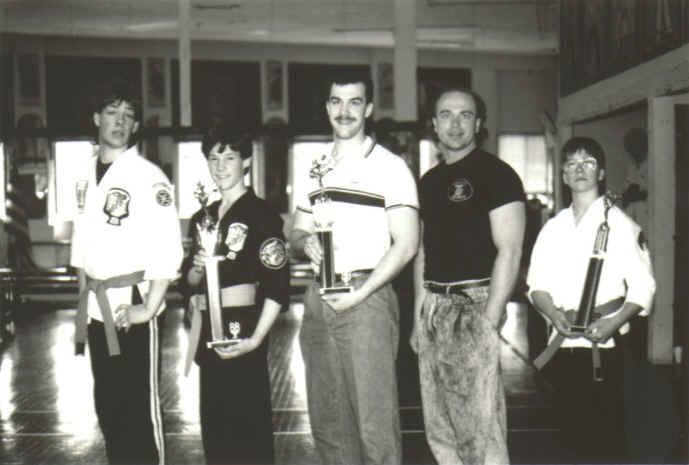
The author started his martial arts training at a Tracy's Karate Studio in Parma Heights Ohio. After studying with Master Miller and instructing at his studio, the author received his Black Belt in August 1983. Eventually, he opened his own Tracy's Karate Studio in Brunswick Ohio. The author continued to study under Master Miller and received his recommendation to test under Grand Master Ed Parker for his 3rd Degree Black Belt. In November 1985, Ed Parker promoted Edward John Overchuk to Sandan (3rd Black) in what is now considered "Traditional Kenpo." This would make the author a 23rd generation descendent of the Kenpo system. Through 24 years of teaching and training in the martial arts, the author has developed a through understanding of the combat arts.
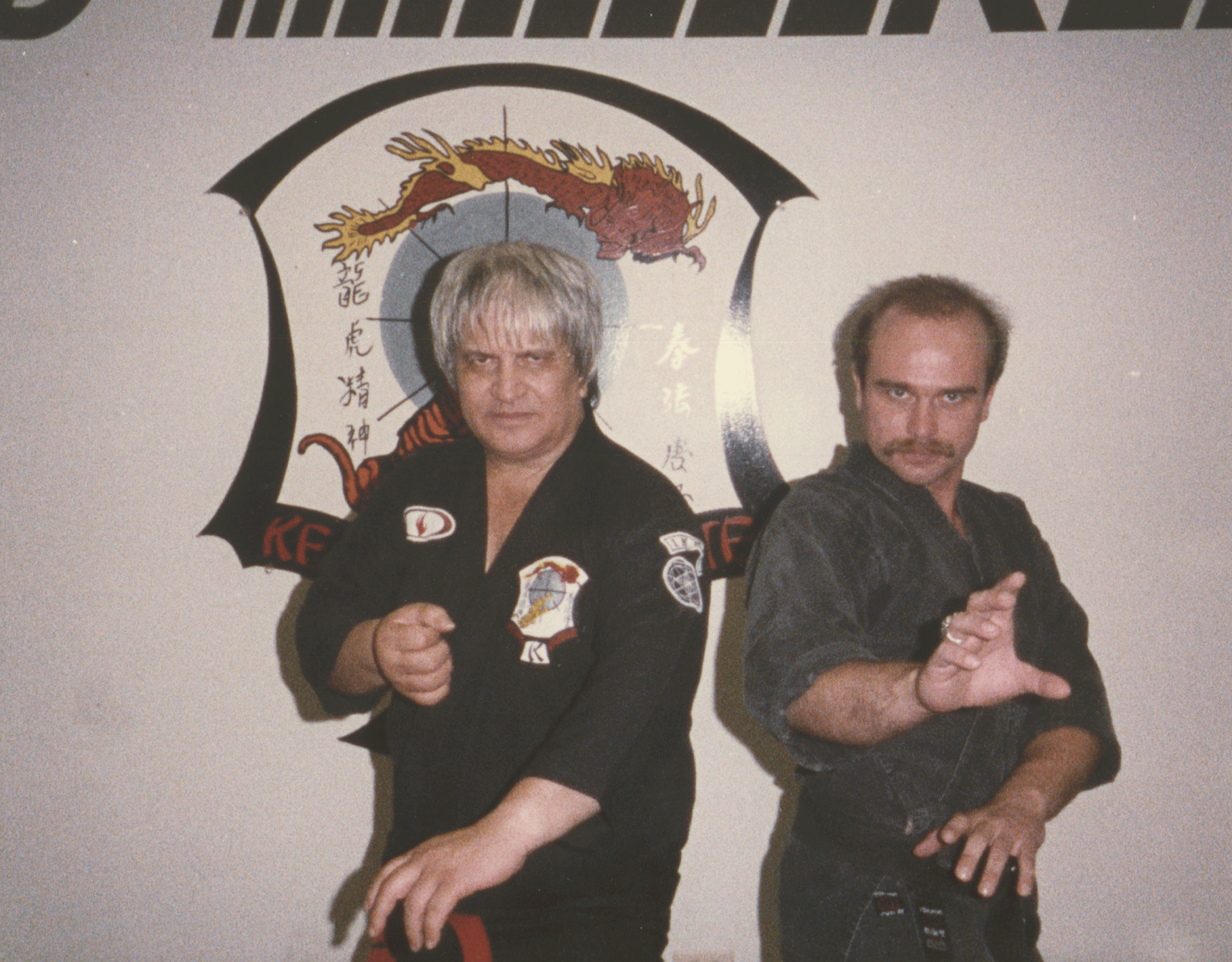
References
Bishop, J. (1990). William kwai sun chow: The 20th century's greatest martial arts innovator. Inside Karate, 11(1), 26-29.
Franck, L. (1986). Ed parker's kenpo karate part one: Custom-styled kenpo. Karate Kung Fu Illustrated, 17(9), 25-30.
Hart, G. C. (1989). The kung fu/kenpo connection: A chinese lesson in survival. Inside Kung Fu, 16(10), 38-41.
Holzer, J. W. (1948). Ed parker: The street fighter from honolulu. Inside Kung Fu, 11(9), 51-75.
Howe, L. I. (1989). The kenpo system of william k. s. chow. Black Belt, 27(1), 55-58.
Imamura, R. (1974). The dawn of american kenpo-1954: Ed parker the first twenty years. Inside Kung Fu, 1(6), 8-19.
Liedke, B. (1989). Nick cerio: Kenpo's forgotten leader. Inside Kung Fu, 16(10), 43-46.
Mitose, J. M. (1980). What is self-defense? (Kenpo jiu-jitsu). California State University.Motobu, C. (1926). Okinawan kempo. Hamilton: Master Publication.
Parker, E. (1984). Infinite insights into kenpo: Mental stimulation ( Vol. 1). Los Angeles: Desby Publications.
Tracy, A. (1982). A short history of kenpo. Lexington: Tracys International Studios of Self Defense.
Tracy, A. (2000, February 12). The tracys system of kenpo history series: History and origin of the belt system (karate --judo) part II: Myths and reality. Retrieved December 29, 2001 from http//www.tracyskarate.com/beltsystem Folder/hisbelt2.htm.
Tracy, A. (2000, July 5). The tracys system of kenpo history series: The founders of kenpo/kempo professor william k. s. chow. Retrieved December 29, 2001 from http//www.tracyskarate.com/history/Chow.htm.
Tracy, A. (2000, November 14). The tracys system of kenpo history series: Our japanese kenpo/kempo heritage and lineage is that of the powerful yoshida clan. Retrieved December 29, 2001 from http//wwwtracyskarate.com/History/Yoshida.htm1.
Tracy, J. (1996). The rise of american kenpo as i saw it: Infinite insights into the master. Part I. Lexington: Tracys International Studios of Self-defense.
Vandehey, T. (1990). The tracy kenpo system. Black Belt, 28(1), 30-36.
